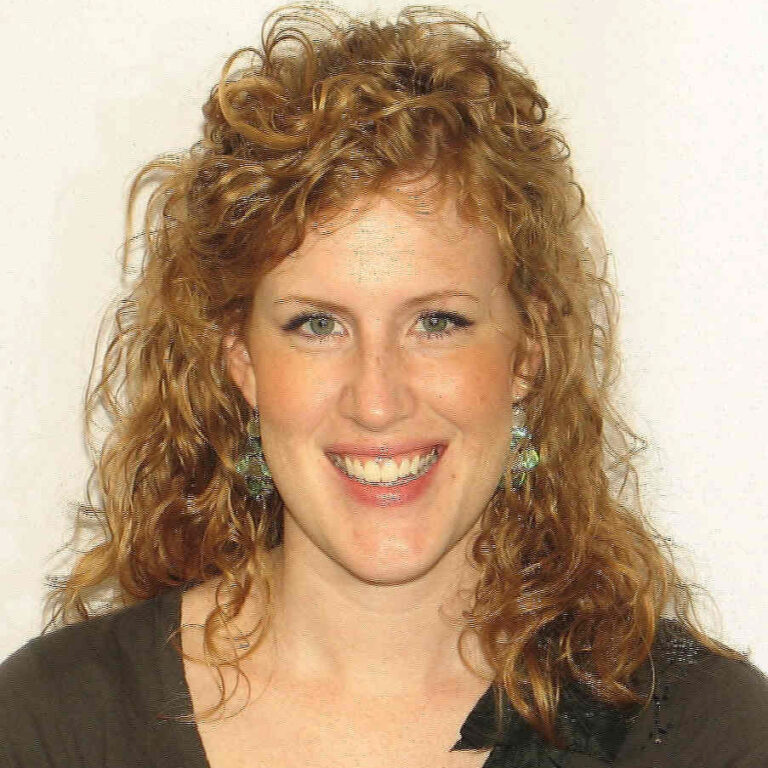A graduating college senior explained that he lived a life that often felt stuck between two different sides. His father is from Bahrain and his mother is from Canada. He grew up in a household that was Muslim and Christian. And while there were times he found himself caught in the space between two friends with relationship drama, he suggested that the Christian faith might be lived out in the best way inside the liminal spaces. This graduate explained that so often the Christian faith is weaponized to support specific points of view. Why not live in the space between, he asked? In the space between, we can ask questions, think about different perspectives, and wrestle thoughtfully with today’s issues. Why do we need to choose a side?
Robert Chao Romero, in his book, Brown Church: Five Centuries of Latina/o Social Justice, Theology, and Identity, claims the Brown Church to be a “ecclesial community of Latinas/os that has contested racial and social injustice in Latin American and the United States for the past five hundred years.” While some Latinas/os reject Christianity as the religion of the colonizer, Romero asserts that the “spiritual capital” is a critical component of the Latina/o community cultural wealth. As an ecumenical body encompassing both Catholics and Protestant followers of Christ, the Brown Church has challenged colonialism, the caste system, Manifest Destiny and U.S. settler colonialism in the Southwest, Latin American dictatorships, U.S. imperialism in Central America, the oppression of farmworkers, and the current exploitation of undocumented immigrants. For Romero, Brown Theology emphasizes that “Jesus came to save, redeem, and transform every aspect of our lives and the world. His salvation extends over all of God’s good creation, which has become twisted and corrupted as a consequence of sin.” Romero continues, “although God loves all people equally, he also shows unique concern for immigrants, the poor, and all who are socially marginalized.”

According to Romero, Brownness is “a liminal social, legal, political, and cultural space” inhabited by U.S. Latinas/os since the Treaty of Guadalupe-Hidalgo in 1848. The treaty granted a great deal of land from Mexico, and “reluctantly” granted U.S. citizenship to the former Mexicans who lived there. Brownness occupies a liminal space between black and white in the United States. In the era of Jim Crow, Latinas/os were legally defined as white and technically exempt from segregation, yet their communities were segregated and treated unequally. They were wanted for land and labor, yet rejected for cultural and ethnic differences. “We are wanted and unwanted. Necessary, yet despised. We are Brown.” Yet many have lived in the United States for multiple generations, and many more lived on the land before it was part of the United States. Our current cultural reality paints Latinas/os as a “threat.” For Romero, “our experience has been neither white nor black—It has been Brown.”
As fellow The Twelve writer Debra Rienstra pointed out on Saturday, thinking in dualisms causes us to lose trust, to draw boundaries, and fall in along those deep fault lines.
What does it look like to live in the liminal space between those fault lines and dualisms?
Robert Chao Romero, Brown Church: Five Centuries of Latina/o Social Justice, Theology, and Identity, (Downers Grove, IL: InterVarsity Press), 2020.

